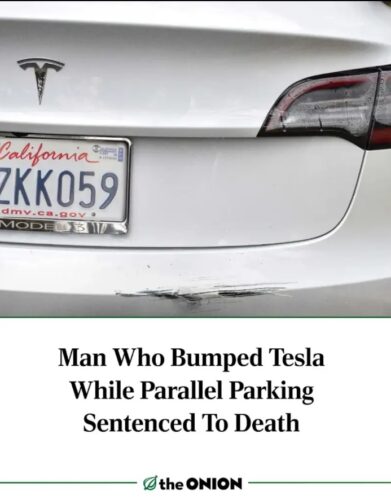I’ve been reading through all the court docket materials in the Benavides case and here’s the simple conclusion that should be headline news:
STILL NO CRIMINAL CHARGES FOR TESLA AUTOPILOT CRIMES
Tesla is so much worse than Ford ever was, like unimaginably worse. The automotive industry arguably is being set back more than 100 years by Tesla levels of misconduct. We are seeing the level of evil in a company that used to be hard to imagine, given how we were supposed to all know how evil Ford truly was during his entire miserable racist life.
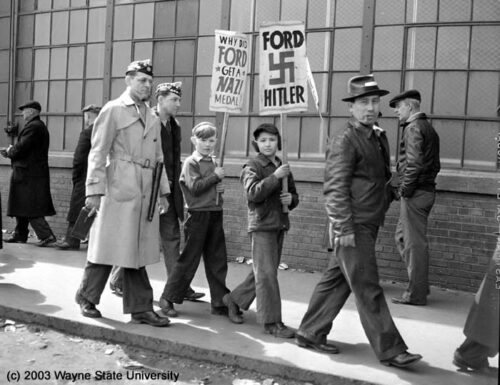
It’s worse today because Tesla reveals ignorance of history, such that the American regulatory system is failing to stop ongoing documented criminal conduct.
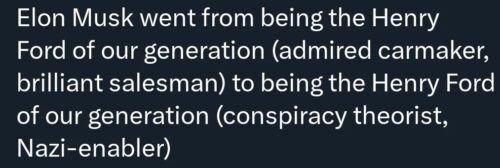
The warnings about Ford obviously didn’t work regarding car safety, but also they failed to stop a Twitter purchase by Musk being a sad repeat of history.
…the Internet age has given Henry Ford’s anti-Semitic literature a powerful new life. Today, his legacy of hate flourishes on the websites and forums of white nationalists, racists and others who hate Jews.
A major social media network was promptly transformed into a swastika decorated megaphone for the same white nationalist ideology that Henry Ford championed a century earlier. The parallel isn’t metaphorical—it’s documented in both men’s hateful actions and their corporate misconduct. Musk uses his companies as weapons to attack the public. While Ford eventually faced criminal charges, so far Musk has not, despite evidence of conduct far, far worse than anything Ford was accused of. We are now forced to watch a growing pile of evidence about the ruthless crimes by yet another unregulated industrialized… “baron”.
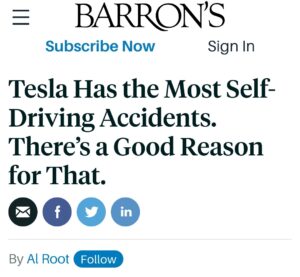
CORPORATE CONDUCT COMPARISON
| Factor | Ford Pinto (1970s) | Tesla Autopilot (2019-2025) |
|---|---|---|
| Design defect known internally | YES | YES |
| Cost-benefit analysis favoring profits over lives | YES | YES |
| Deaths resulted from defect | YES | YES |
| CRIMINAL CHARGES | YES – Indiana 1978 | NOT YET |
| Obstructed investigation / Destroyed evidence | NO | YES – Deleted crash data |
| Attacked safety critics publicly | NO | YES – Labeled critics “killers” to incite violence against them |
| Lied to law enforcement during investigation | NO | YES – Falsely claimed no data existed while deleting it to prevent discovery |
| Ongoing sales during known danger | LIMITED – Forced into recall and market shame | EXPANDED – More sales of defective features, stock price up on vague speculation about future features |
| Regulatory capture / Agency deference | NO – NHTSA acted | YES – NHTSA captured |
Every engineering student learns the Pinto case as the cautionary tale: the Grush-Saunby memo calculating that 180 deaths were acceptable because fixes cost more than settlements.
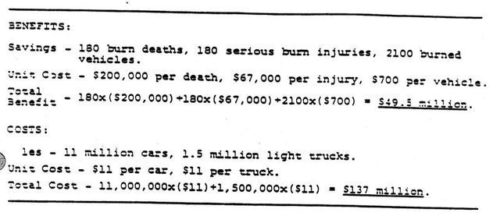
That memo became Exhibit A in proving Ford’s knowledge and intent. But Ford never destroyed that memo. They kept their records.
Tesla went far, far further—they created the evidence, received it, then deleted it. If the Pinto memo demonstrated consciousness of guilt, Tesla’s data deletion demonstrates consciousness of criminality.
- Ford Pinto: Passive, negligence – knew about defect, chose profits, but did not obstruct justice
- Tesla Autopilot: Active, obstruction – destroyed evidence, lied to investigators, attacked truth-tellers
- Key difference: Tesla crossed from civil negligence into criminal obstruction
- Evidence: Crash data auto-uploaded before police arrived, Tesla deleted it, told cops they never had it despite it being part of the designed “urgent upload” function that Tesla’s own system documentation describes
- Expert testimony: Tesla claimed “auto-delete” – expert said “auto delete doesn’t exist”
- Jury verdict: $200,000,000 punitive damages = finding of gross negligence or intentional misconduct
- Legal significance: This is the smoking gun that did not exist in the Pinto case
- Bottom line: Tesla’s conduct is demonstrably worse than Ford’s because obstruction of justice is worse than negligence
The trial record, as a pile of PDFs, therefore reveals a systematic pattern of criminal conduct that goes far, far beyond the Ford Pinto’s infamous case of negligence.
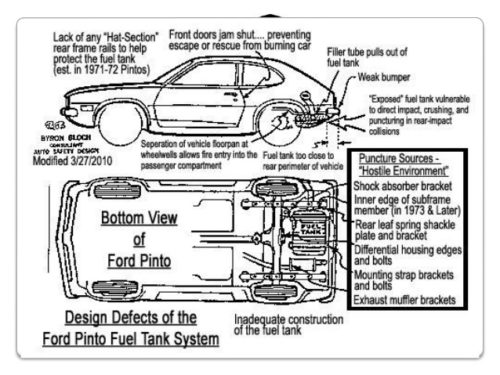
When Naibel Benavides Leon was killed on April 29, 2019, Tesla’s vehicle systems automatically uploaded crash data to company servers before police even arrived at the scene—while “the dust was still in the air,” as plaintiffs’ counsel described it. Yet when law enforcement investigators requested this data, Tesla told them it didn’t exist.
But it did exist.
Tesla had it. And then, approximately two months after the crash, the company deleted it from their servers to destroy evidence of their negligence, rising to criminal obstruction.
Years later, forensic data extraction specialist Dr. Jason Lewis recovered the files from the vehicle’s onboard computer, proving Tesla had possessed the data all along. When confronted with this evidence at trial, Tesla falsely claimed the data had been “auto-deleted.” The dog-ate-my-homework legal team of Tesla failed to make their lies stick. Dr. Lewis testified under oath:
Auto delete doesn’t really exist. It’s not anything in the world I’m familiar with.
The crash data included what Tesla calls a “collision snapshot”—a zip file containing eight camera feeds, CAN bus data showing computer-to-computer communications, event data recorder information, and real-time data values. Tesla’s own system was designed to capture this evidence, upload it to their servers, and send a confirmation code back to the vehicle confirming receipt. The vehicle logs showed Tesla received this data at 9:47 PM on April 29, 2019—17 minutes after the crash and before law enforcement arrived.
Six weeks later, Tesla deleted all of it.
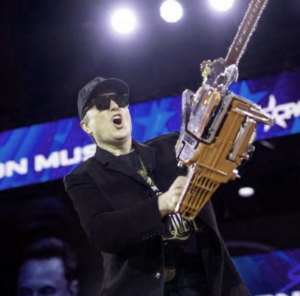
This wasn’t a technical glitch. Tesla’s system logs show the successful upload, the server acknowledgment, and the manual deletion command much later – well after law enforcement requested the data. This was planned obstruction of justice by Tesla, documented in sworn testimony, with physical evidence proving the lie.
But the data destruction was just one thread in a larger pattern. Federal investigators at NHTSA conducted a comprehensive analysis comparing Tesla’s Autopilot system to every peer manufacturer. Their conclusion was damning: Tesla was an “outlier” with uniquely high crash rates. They identified what they called a “critical safety gap” in Tesla’s driver monitoring system and determined it would “definitely lead to more deaths.”
Think about that sentence.
Maybe this 2021 warning will help:
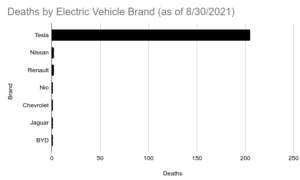
Or this one, for market context:
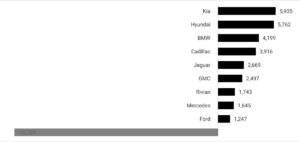
A federal safety agency concluded that Tesla’s system had a critical defect that would cause more fatalities. They documented it. They issued reports. And then… Tesla kept selling the same system. Sales didn’t just continue—they aggressively and falsely marketed driverless as if carefree.
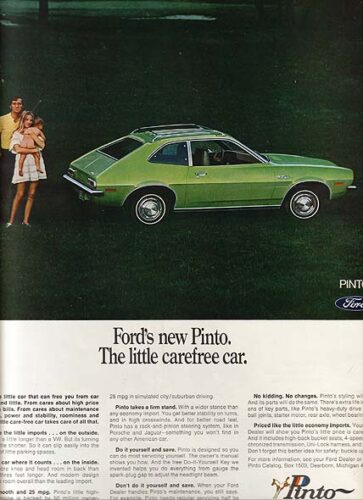
Notably the NHTSA didn’t start sufficient levels of analysis until Trump was no longer in the White House, removing his block on Tesla investigations.
In other words, NHTSA had no comprehensive Autopilot investigations until August 2021, months after Trump left office. Years of delayed action ignored mounting crash reports, including the first two fatalities in 2016 (Brown in May, Gao in January) that should have triggered immediate scrutiny.
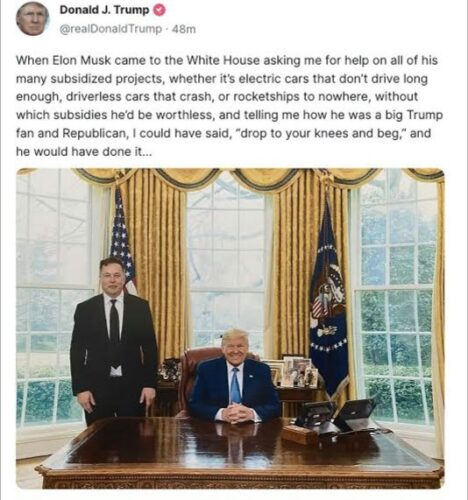
NHTSA did do a Brown investigation in 2016, by lazily showing up weeks late to a sanitized crash scene. They declared early there was no “defect trend” and acted like they had nothing more to say. Today nearly 60 people have been killed by Tesla since Brown’s case was prematurely closed by weak-kneed regulators.
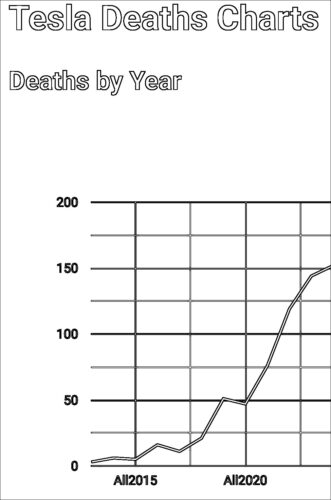
Tesla’s leadership also was waging ruthless war on anyone outside the government who dared to speak publicly about safety concerns. When journalists reported on Autopilot crashes, they were told they were “killing people” by undermining public confidence in autonomous vehicles. In 2018, critics were labeled “incredibly irresponsible” for writing articles that “would lead people to believe that autonomy is less safe because people might actually turn it off, and then die.”
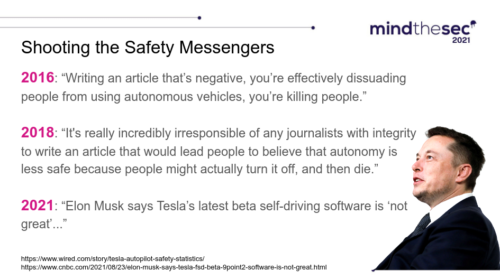
This is witness intimidation masquerading as corporate communications. It’s an attempt to silence truth-tellers by accusing them of the very harms the company was causing.
A jury saw through these Tesla tactics to avoid accountability for crimes. On August 1, 2025 a verdict found Tesla 33% responsible for Naibel Benavides Leon’s death and awarded $200 million in punitive damages. In legal terms, punitive damages of this magnitude require a finding of gross negligence or intentional misconduct. The jury was telling us something:
This wasn’t just a mistake. This was intentional.
Compare Tesla’s active harm to customers and those exposed to their defective cars to the Ford Pinto case that supposedly taught American industry a lesson about corporate accountability. Ford made a cold calculation that paying wrongful death settlements was cheaper than fixing a known defect. It was morally reprehensible. Criminal charges were filed in Indiana in 1978—the first time a corporation faced homicide charges for a product defect.
But Ford didn’t go so far as to destroy evidence. They didn’t lie to police investigators. They didn’t attack safety advocates. They didn’t continue expanding sales after federal regulators identified a “critical safety gap that would definitely lead to more deaths.”
Tesla did all of those things.
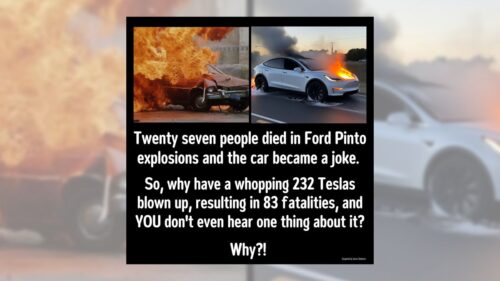
Under 18 USC § 1519 (obstruction of justice), destroying records “with the intent to impede, obstruct, or influence” an investigation carries up to 20 years imprisonment.
Under 18 USC § 1343 (wire fraud), transmitting false statements via electronic communication in furtherance of a scheme to defraud also carries up to 20 years.
Combined with a pattern of such conduct, this satisfies the predicate acts required for prosecution under RICO (18 USC § 1961-1968).
Despite Tesla obstruction attempts the evidence exists. The statutes exist.
All the basic elements are there: an ongoing organization, a pattern of racketeering activity, and systematic conduct affecting interstate commerce.
Only the prosecution is missing.
The big “NOT YET” in the criminal charges row is perhaps the most damning indictment of all. Not of Tesla—we have known what they are doing for a decade already—but of the regulatory system that’s supposed to prevent exactly this kind of corporate criminality. The elements for federal prosecution are present and clearly documented:
- Corpus delicti: Naibel Benavides Leon is dead
- Mens rea: Punitive damages require jury finding that defendant’s conduct was ‘so reckless or wanting in care that it constituted a conscious disregard or indifference to the life, safety or rights of persons’ – which the $200M award demonstrates
- Actus reus: Data deleted, lies told to investigators (sworn testimony)
- Pattern: NHTSA found fleet-wide “outlier” status, multiple crashes
- Ongoing harm: System remains on roads, sales continue
In legal terms, this is a complete case. The absence of prosecution is not an evidence problem. It’s a political problem.
NHTSA, during a brief period of freedom from corruption of Trump, found the defect. They documented the pattern. They determined it would cause more deaths. And then they let Tesla keep selling it. No criminal referrals to the Department of Justice. No emergency recall mandates. No seizure of vehicles until safety systems were upgraded. Just… deference to the company that had lied to investigators and destroyed evidence.
This is regulatory capture at its most lethal. 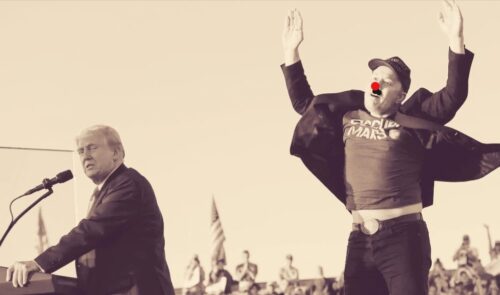
When a federal safety agency identifies a “critical safety gap” that will “definitely lead to more deaths,” and the response is to allow continued sales, we’re not talking about bureaucratic inefficiency. We’re talking about systemic failure that enables ongoing harm.
The Pinto case became a landmark because it represented a line: corporations could not knowingly sell deadly products just because the cost-benefit analysis favored profits. Criminal charges were filed. Public outrage forced change. The case became required reading in every engineering ethics course.
But the lesson didn’t stick. Or perhaps worse, it stuck only long enough for corporations to learn how to avoid the consequences. Don’t write down the cost-benefit memo. Delete the crash data. Attack the critics. Capture the regulators. And most importantly—never stop selling the lies to corrupt a market.
The complete trial record in Benavides v. Tesla should be mandatory law degree reading because it reveals something more disturbing than corporate negligence. It reveals a playbook for how modern tech companies can commit the same crimes as their Gilded Age predecessors while facing fewer consequences. Ford’s industrial barons prioritized profits over worker safety, captured regulators, and attacked reformers. A century later, Silicon Valley’s tech barons are following the same script with deadlier technology.
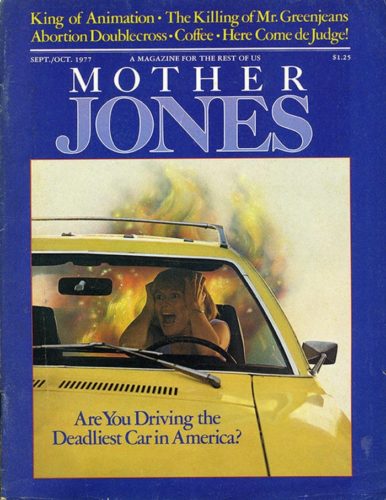
Every day without criminal charges is another day this system remains on public roads. Every day longer is evidence that corporate accountability has regressed to early 1900s standards. Every day of regulatory inaction is proof that the warnings about Ford—both the company and the man—didn’t work.
We are witnessing in real-time what happens when a corporation obstructs justice, destroys evidence, lies to investigators, attacks truth-tellers, and continues to profit and inflate share price from known deadly defects—all without criminal consequences.
This is not one company’s failure. This is systemic failure to stop one unusual company, measured in preventable deaths.
It reveals something fundamental: the regulatory and legal systems designed after the Pinto case to prevent exactly this conduct have been successfully neutralized. Not through legal challenge, but through political capture candidates. Tesla didn’t beat the system—they bought it to delete public safety systems that could hold them accountable (not to mention delete all the evidence while doing so). And until justice officials are able to file obvious criminal charges, American democracy is being killed by years of insufficient urgency at the federal level, if it isn’t already dead.
